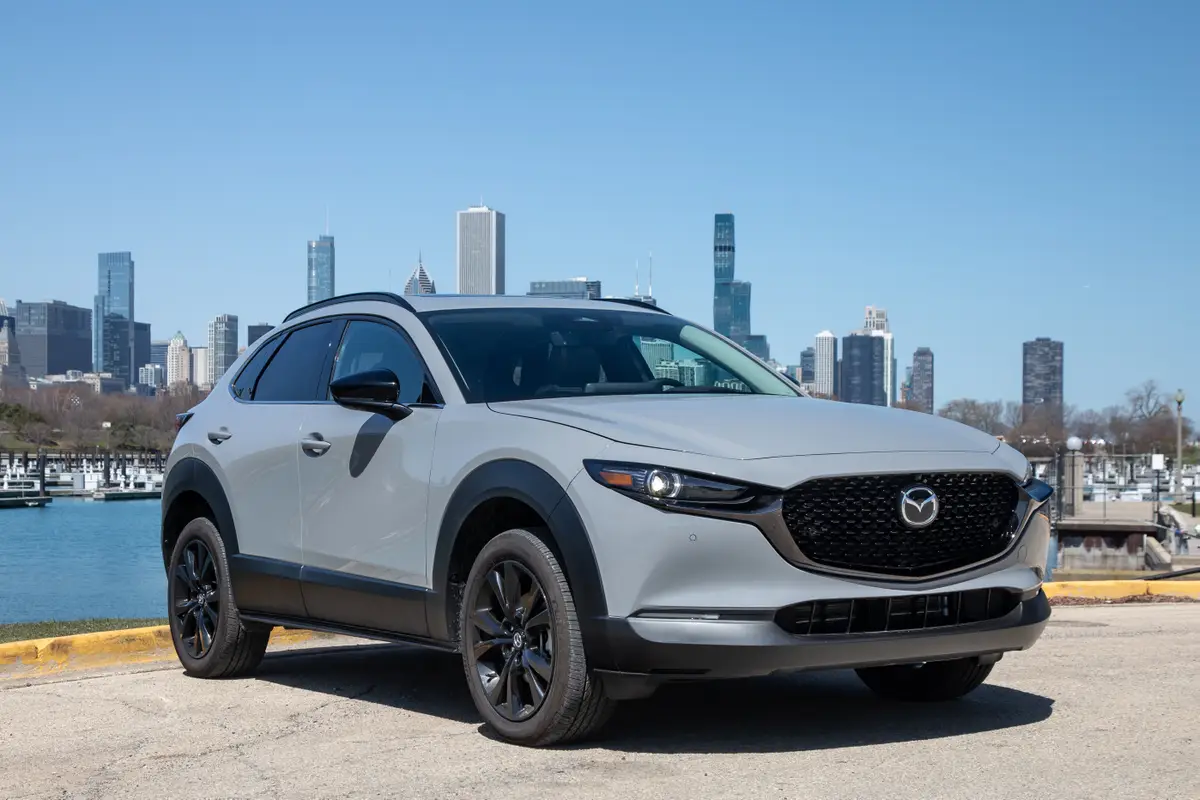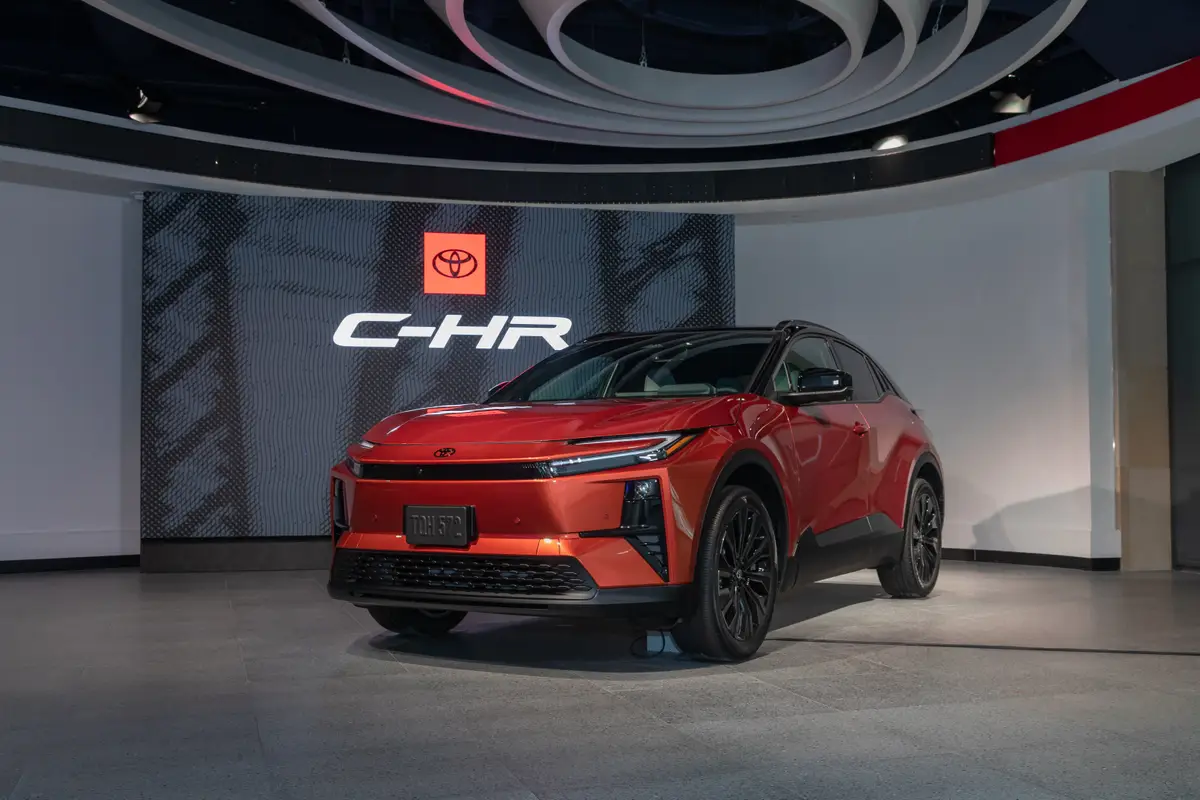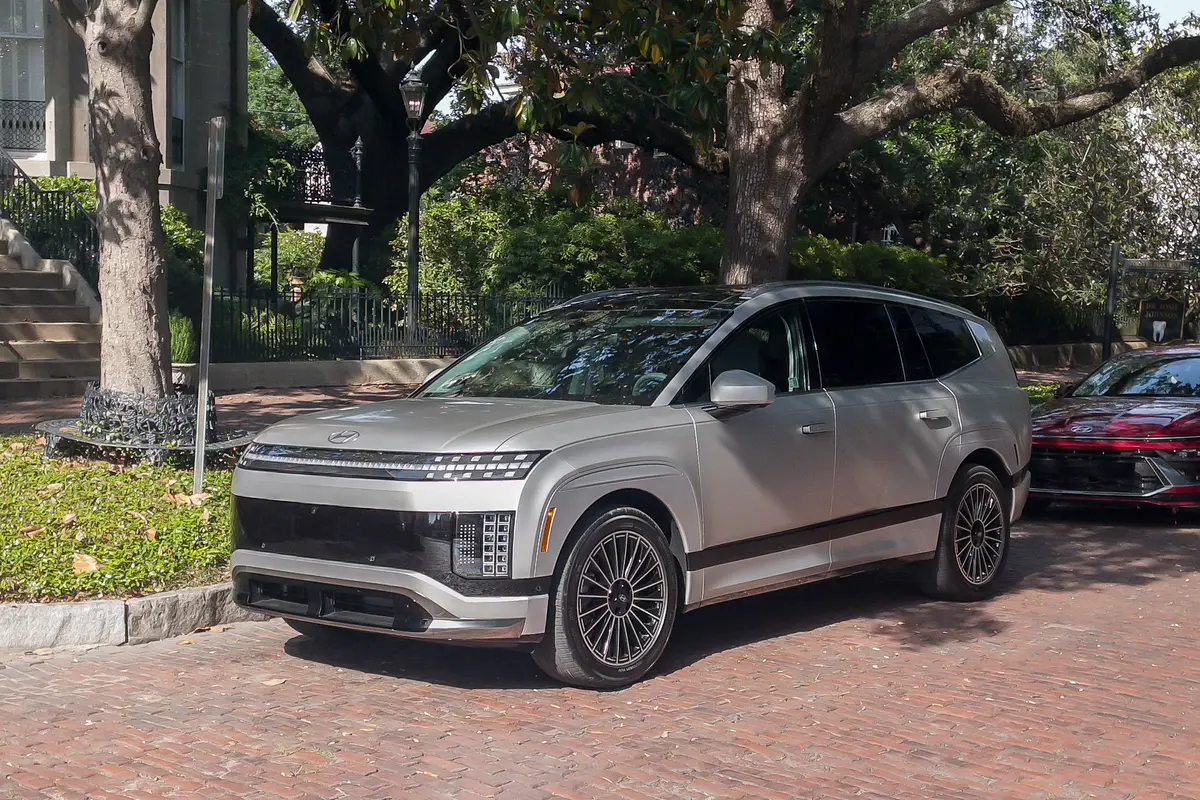/articles/2014/09/2015-cadillac-ats-car-seat-check
When last we tested the Cadillac ATS two years ago, we took note of how its large backseat would help make the compact luxury sedan attractive to family shoppers. But we also noted that they’d have to be willing to face some frustrating car-seat installation. The ATS returns for 2015 in a somewhat better position to carry precious cargo — though, unfortunately, some of that old baggage has returned with it.
In the “new-and-improved” column is the addition of a coupe body style to the model’s lineup, as well as revised front-end styling punctuated by the redesigned Cadillac crest. That’s in addition to a healthy torque boost of 35 pounds-feet to its 2.0-liter four-cylinder engine for a total of 295 pounds-feet at nearly double the rpm. For our purposes, removable head restraints and reduced interference by seat bolsters were also pluses. In the other column, however, the return of those Latch anchors buried in a hard-to-reach spot in the leather seats was an unwelcome one.
Check out Car Seat Check below for our full assessment.
How many car seats fit in the second row? Two
What We Like
- There are two sets of outboard Latch anchors and three top tether anchors, and the outboard head restraints are removable (there is no middle head restraint).
- Our booster, infant, forward-facing and rear-facing convertible seats installed with relative ease and fit well without having to move the front passenger seat forward, leaving sufficient legroom.
- The tether anchors were simple to use with the forward-facing convertible seat.
What We Don’t
- The two sets of Latch anchors are behind panels in the seat leather and proved more difficult to access than with other setups, as the infant seat’s hook connector gets stuck on the leather flaps.
- The seat belt buckles are on floppy bases, which could make them difficult for younger children, who have limited dexterity, to use.
- Also, the seat belt buckle blocked access to the inboard Latch anchor.
Grading Scale
A: Plenty of room for the car seat and the child; doesn’t impact driver or front-passenger legroom. Easy to find and connect to Latch and tether anchors. No fit issues involving head restraint or seat contouring. Easy access to the third row.
B: Plenty of room. One fit or connection issue. Some problems accessing third row when available.
C: Marginal room. Two fit or connection issues. Difficult to access third row when available.
D: Insufficient room. Two or more fit or connection issues.
F: Does not fit or is unsafe.
About Cars.com’s Car Seat Checks
Editors Jennifer Geiger, Jennifer Newman and Matt Schmitz are certified child safety seat installation technicians.
For the Car Seat Check, we use a Graco SnugRide Classic Connect 30 infant-safety seat, a Britax Marathon convertible seat and Graco TurboBooster seat. The front seats are adjusted for a 6-foot driver and a 5-foot-8 passenger. The three child seats are installed in the second row. The booster seat sits behind the driver’s seat, and the infant and convertible seats are installed behind the front passenger seat.
We also install the forward-facing convertible in the second row’s middle seat with the booster and infant seat in the outboard seats to see if three car seats will fit; a child sitting in the booster seat must be able to reach the seat belt buckle. If there’s a third row, we install the booster seat and a forward-facing convertible. To learn more about how we conduct our Car Seat Checks, go here.
Parents should also remember that they can use the Latch system or a seat belt to install a car seat, and that Latch anchors have a weight limit of 65 pounds, including the weight of the child and the weight of the seat itself.
Cars.com photos by Evan Sears
Featured stories

2025 Mazda CX-30 Review: Pushing Toward Premium



2026 Hyundai Ioniq 9 Review: A Worthy Flagship EV

